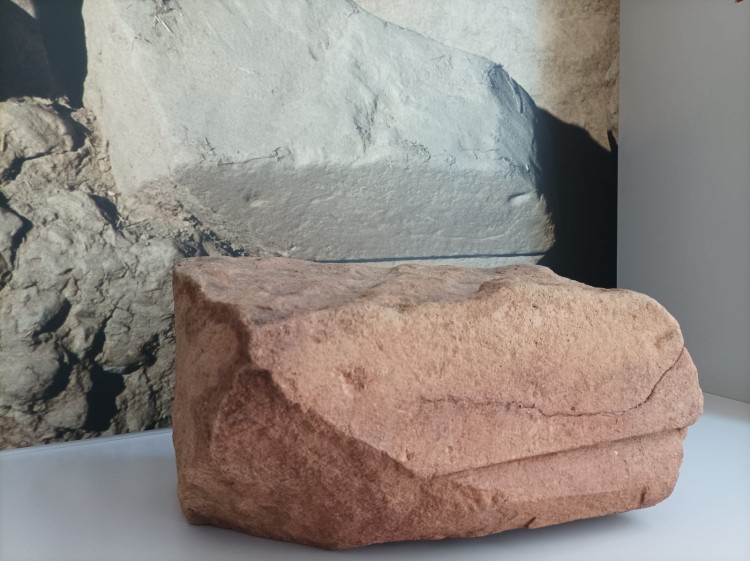 DIDA
Browse
How it works
Insert your collection
News
Contacts us
DIDA
Browse
How it works
Insert your collection
News
Contacts us
Type:
Room: Reperti archeologici

Description
The Etruscans were considered by their contemporaries to be "the most religious of peoples." All aspects of their lives were dominated by the influence of a particular deity, to whom they turned through the mediation of priests. Places dedicated to worship were located in natural settings: caves, forests, springs and lakes, sometimes equipped with small structures or purpose-built buildings with special features, the temples. There are three sanctuaries in the area known so far: the so-called Lake of the Idols, on Mount Falterona in Casentino, the one at Poggio Colla and Mount Giovi in Vicchio. They are all located in dominant positions, mutually visible and deeply connected to a natural landscape that the Etruscans held sacred. Poggio Colla represents the earliest sacred evidence for these sites, dating from the late seventh century BC. Excavations have uncovered a fortified acropolis, built on top of a temple that appears to have undergone ritual destruction to be replaced by two later monumental courtyard-buildings. When the temple was destroyed, an all-natural fissure in the rock was also closed. The fissure had been sealed with a large molded block of sandstone, which had been part of the temple. The block was found upside down: a fine gold ring and long braids of gold threads had been placed beside it.
Photo Credits: Su concessione della Soprintendenza Archeologia, Belle Arti e Paesaggio per la Città Metropolitana di Firenze e per le Province di Pistoia e Prato
More artworks in Reperti archeologici


If you are not at the museum click on the link below and you can test our guide by framing some works directly on the DEMO page.

If you are near the museum you can reach it and by framing with your mobile you can discover the audio guide.

© InQuadro s.r.l. 2023 / P.IVA / Privacy Policy